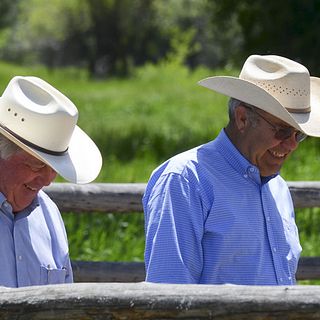
Other inventory includes number of cattle sold or dead/and the date number of head purchased and the date number of replacement females and number of bulls.Ģ. Number of calves weaned, to determine weaning rater per cow exposed. Number of cows at calving time, to determine calving rate per cow exposed and Number of cows exposed to bulls, which is important because it is a denominator in many calculations "Inventory is important because it provides all the numbers needed to calculate benchmark information,” Patterson says.

That said, Patterson shares this list of records that he advocates be kept on the ranch:ġ. "To make decisions you can then analyze the unit cost of production, identify areas of high leverage, and make effective management decisions," he says. Subscribe now to Cow-Calf Weekly to get the latest industry research and information in your inbox every Friday!įor example, Patterson says it is critical for beef producers to know Unit Cost of Production (UCOP), which is determined by variable and fixed costs minus non calf revenue divided by pounds of weaned calf.
#Padlock ranch how to
"Records can give you the tools to help determine how to increase profitability," he says.
#Padlock ranch verification
He says along with documenting when calves are born in preparation for export source verification programs, keeping well-documented ranch records can help producers monitor where they are and help determine where they need to go for production. While record keeping does mean more effort on the part of the producer, Patterson says both seedstock and commercial producers should also view it as an important and powerful tool. It can't be ignored in this day and age," says Trey Patterson formerly an Extension beef specialist with South Dakota State University and now with the Padlock Ranch at Ranchester, Wyoming. "Recording origin and date of birth for calves is becoming an increasingly important record to have now. cow/calf producers are being encouraged to keep birth records on all of their calves. Thus, to enhance future marketing options, U.S.

Today, source and age verification are industry buzzwords as beef export markets – like billion dollar customer Japan – demand that cattle be 20 months or younger to be eligible for export there.

But since the 2003 incidence of BSE in the United States, record keeping is also coming into the spotlight for biosecurity reasons. Record keeping has always been an important practice in the beef industry – particularly to track genetic performance and profitability.


 0 kommentar(er)
0 kommentar(er)
